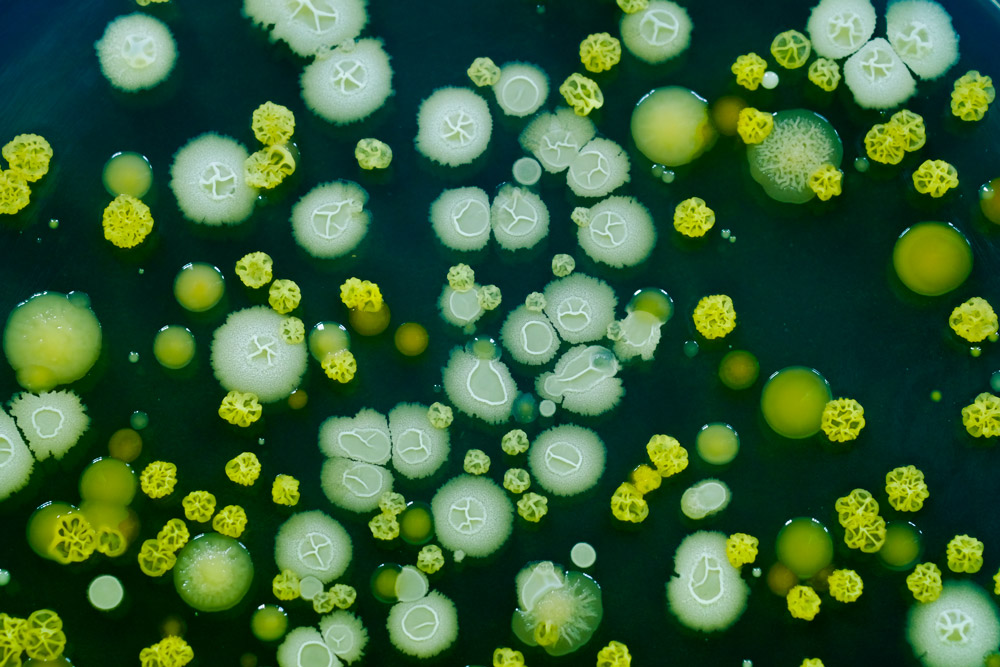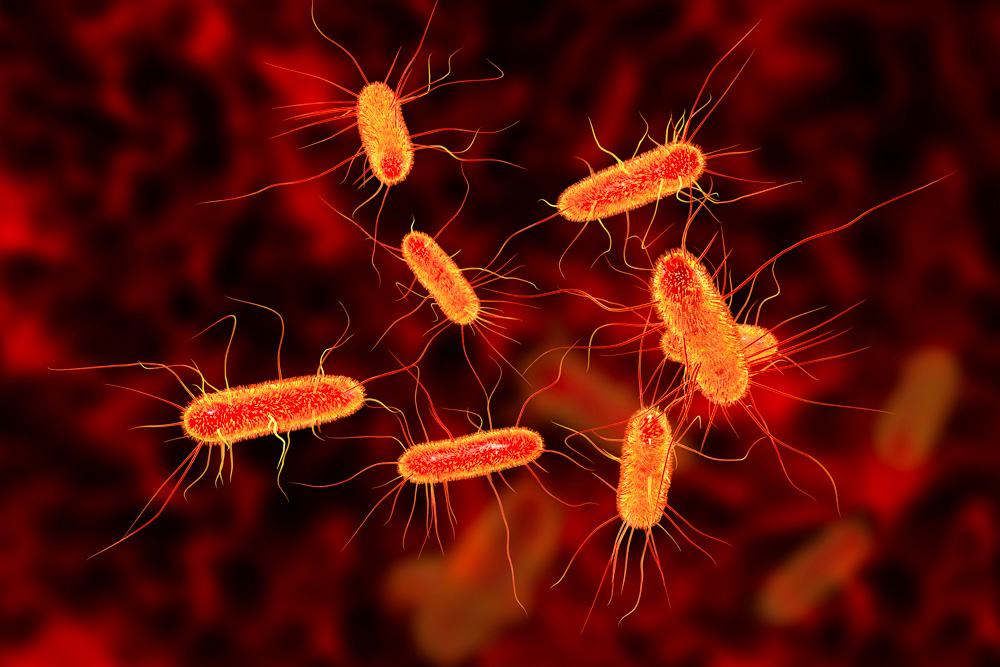QDIV Papers
Virus-Host Interactions Shape Viral Dispersal Giving Rise to Distinct Classes of Traveling Waves in Spatial Expansions
Reaction-diffusion waves have long been used to describe the growth and spread of populations undergoing a spatial range expansion.
Macroecological laws describe variation and diversity in microbial communities
How the coexistence of many species is maintained is a fundamental and unresolved question in ecology.
Taxonomic classification method for metagenomics based on core protein families with Core-Kaiju
Characterizing species diversity and composition of bacteria hosted by biota is revolutionizing our understanding of the role of symbiotic interactions in ecosystems.
Constrained proteome allocation affects coexistence in models of competitive microbial communities
Microbial communities are ubiquitous and play crucial roles in many natural processes.
Threshold accumulation of a constitutive protein explains E. coli cell-division behavior in nutrient upshifts
Despite a boost of recent progress in dynamic single-cell measurements and analyses in Escherichia coli, we still lack a mechanistic understanding of the determinants of the decision to divide.
Genome size variation and species diversity in salamanders
Salamanders (Urodela) have among the largest vertebrate genomes, ranging in size from 10 to 120 pg.
QDIV Slack Channel
The QDIV Slack space contains a dedicated channel for posting and discussion of papers on QDIV-related topics








